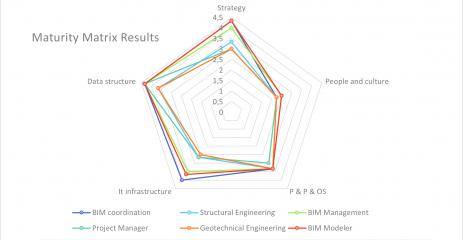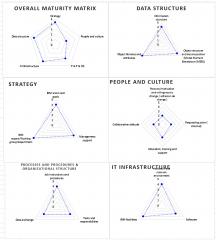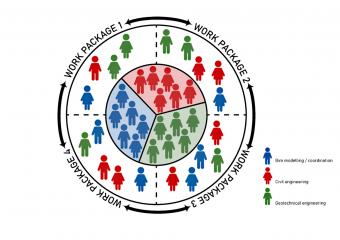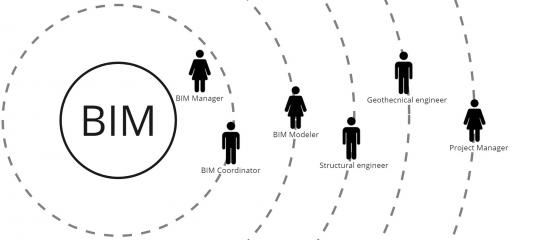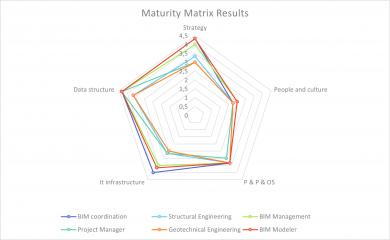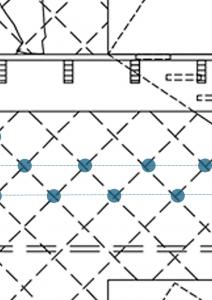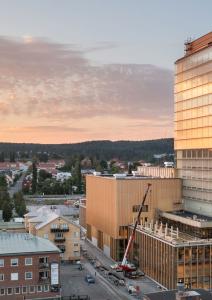BIM implementation in infrastructure projects
The case of Oosterweelverbinding in Antwerp
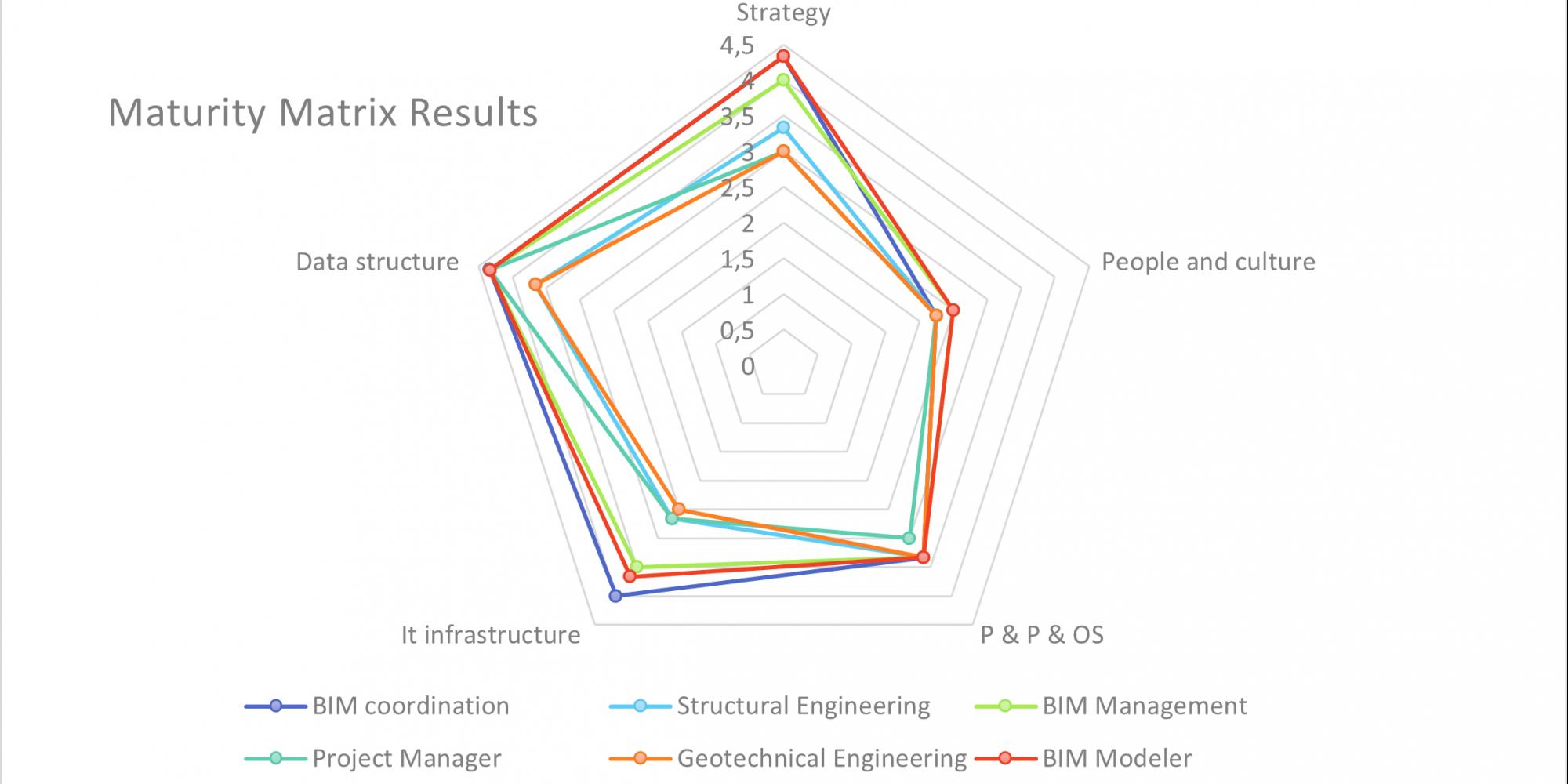
How does BIM process materialize in a large-scale infrastructure project? what are obstacles to its implementation in this context?
This master thesis investigates the implementation and challenges of Building Information Modeling (BIM) within the context of a large-scale urban infrastructure project, specifically focusing on the "Oosterweelverbinding" project in Belgium. The research aims to answer the central question: How does the BIM process materialize in a large-scale infrastructure project, and what are the specific obstacles to its implementation?
To address this question, the study sets out two primary objectives: (1) Identify the implementation of BIM through a project maturity study, and (2) Identify the obstacles to BIM implementation and extract catalysts for overcoming these challenges. The thesis begins by redefining the concept of BIM and exploring its various tools and methodologies. A comprehensive literature review is conducted to understand the key concepts associated with BIM, its collaborative aspects, and the main maturity models that inform the case study.
The research methodology involves detailed data collection and analysis, including interviews with key stakeholders, on-site observations, and the use of a BIM maturity grid adapted to the project's context. The findings reveal several obstacles specific to large-scale infrastructure projects, such as remote working challenges, information loss, complex modeling requirements, strict deadlines, and cumbersome administrative procedures. Cultural barriers and training issues also emerged as significant factors influencing BIM implementation.
The study concludes with potential solutions to these obstacles, emphasizing the need for regular face-to-face meetings, the use of infrastructure-oriented modeling software, and improved training schedules. The thesis contributes to the broader understanding of BIM implementation in large-scale projects and provides a foundation for future research to enhance BIM processes in similar contexts.
KEYWORDS : BIM - INFRASTRUCTURE - MATURITY MODELS - IMPLEMENTATION CHALLENGES -OOSTERWEELVERBINDING
- Academic year
- 2024-2025
- Date of defense
- 20 June 2024
- Theme
- collaborative design, digital tools, infrastructure
- Director 1
- Samia Ben Rajeb (ULB)

